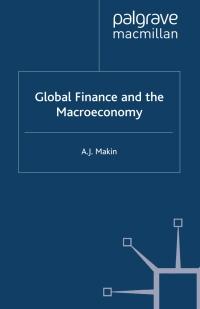Question
Your company has earnings per share of $6. It has 1 million shares outstanding, each of which has a price of $24. You are thinking
Your company has earnings per share of $6. It has 1 million shares outstanding, each of which has a price of $24. You are thinking of buying TargetCo, which has earnings per share of $3, 1 million shares outstanding, and a price per share of $18. You will pay for TargetCo by issuing new shares. There are no expected synergies from the transaction. Complete parts a through d below.
a. If you pay no premium to buy TargetCo, what will your earnings per share be after the merger?
Your new earnings per share will be $____.
b. Suppose you offer an exchange ratio such that, at current pre-announcement share prices for both firms, the offer represents a % premium to buy TargetCo. What will your earnings per share be after the merger?
Your new earnings per share will be $_____
c. What explains the change in earnings per share in part a? Are your shareholders any better or worse off? A. In part a, the change in the EPS came from combining the two companies without synergies or premiums. Since the EPS decreased from $, shareholders are worse off. B. In part a, the change in the EPS came from combining the two companies without synergies or premiums. However, focusing on EPS alone does not dictate whether shareholders are any better or worse off. C. In part a, the change in the EPS came from the stocks sold by TargetCo. However, focusing on EPS alone does not dictate whether shareholders are any better or worse off. D. In part a, the change in the EPS came from the stocks sold by TargetCo. Since the original stockholder's of your company have acquired those from TargetCo, your stockholders are better off.
D. What will your price-earnings (P/E) ratio be after the merger (if you pay no premium)? How does this compare to your (P/E) ratio before the merger? How does this compare to TargetCo's pre-merger (P/E) ratio?
Your P/E ratio after the merger is ___, which is greater than your P/E ratio before the merger of ___. Your P/E ratio after the merger is less than TargetCo's pre-merger P/E ratio of ___.
Step by Step Solution
There are 3 Steps involved in it
Step: 1

Get Instant Access to Expert-Tailored Solutions
See step-by-step solutions with expert insights and AI powered tools for academic success
Step: 2

Step: 3

Ace Your Homework with AI
Get the answers you need in no time with our AI-driven, step-by-step assistance
Get Started


